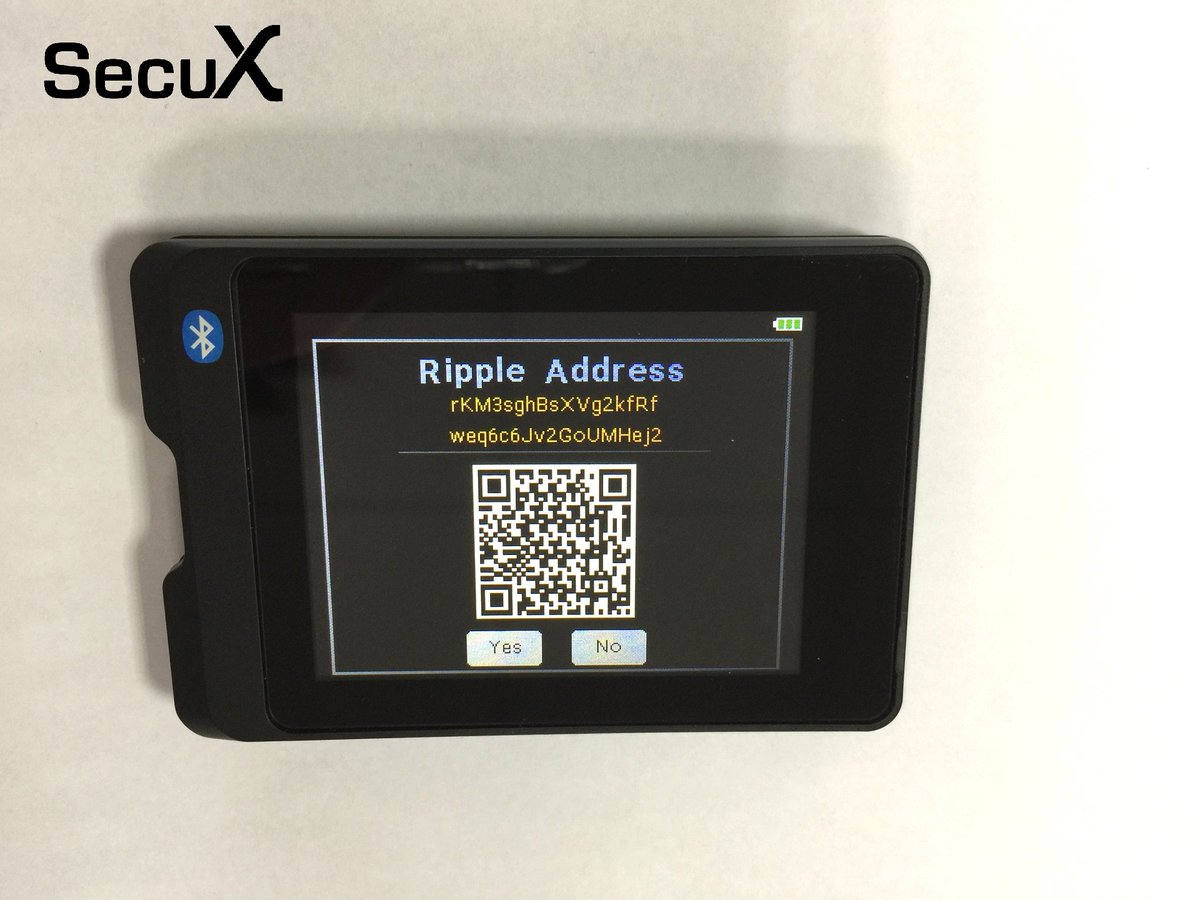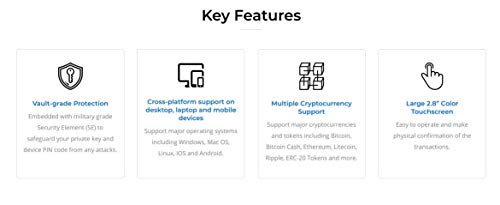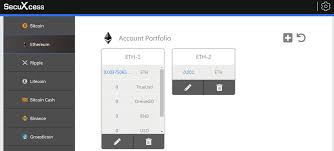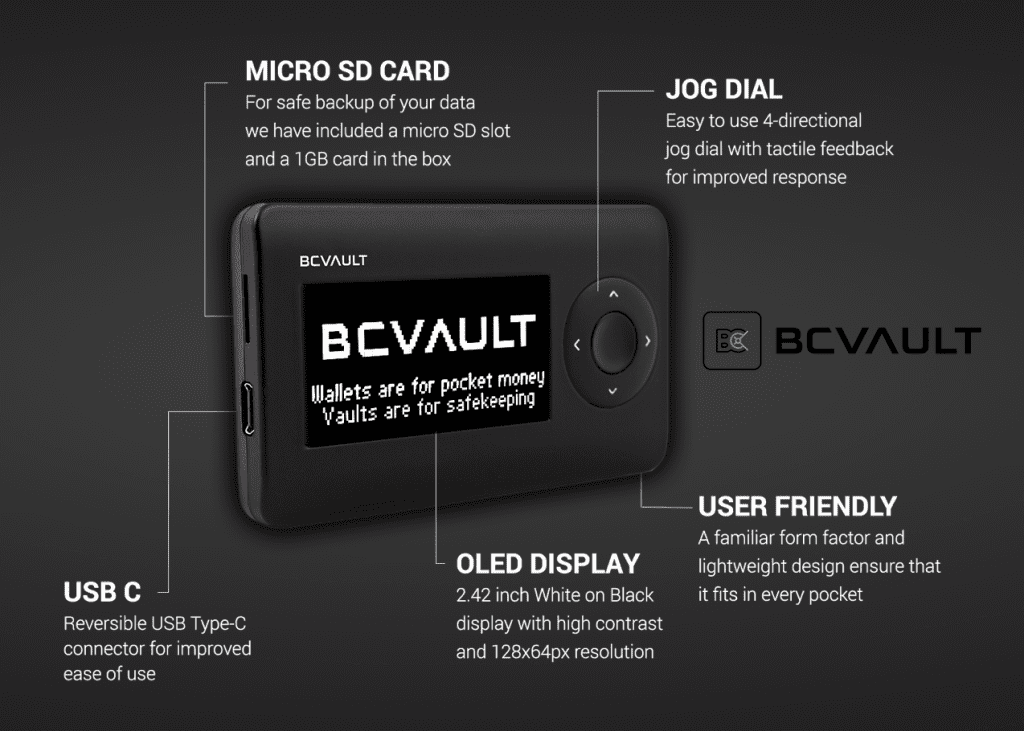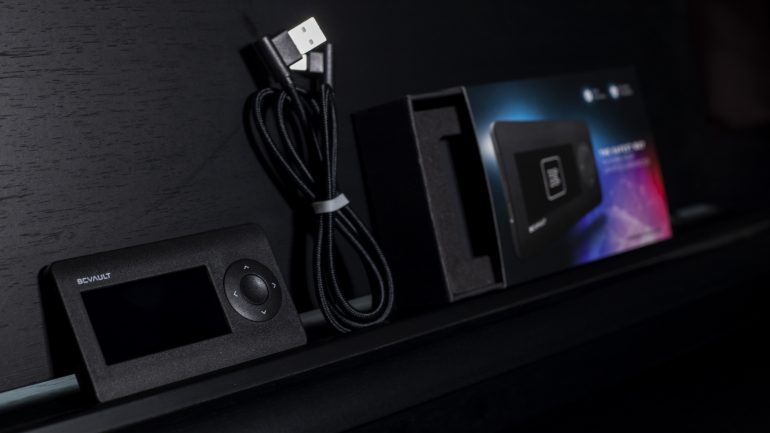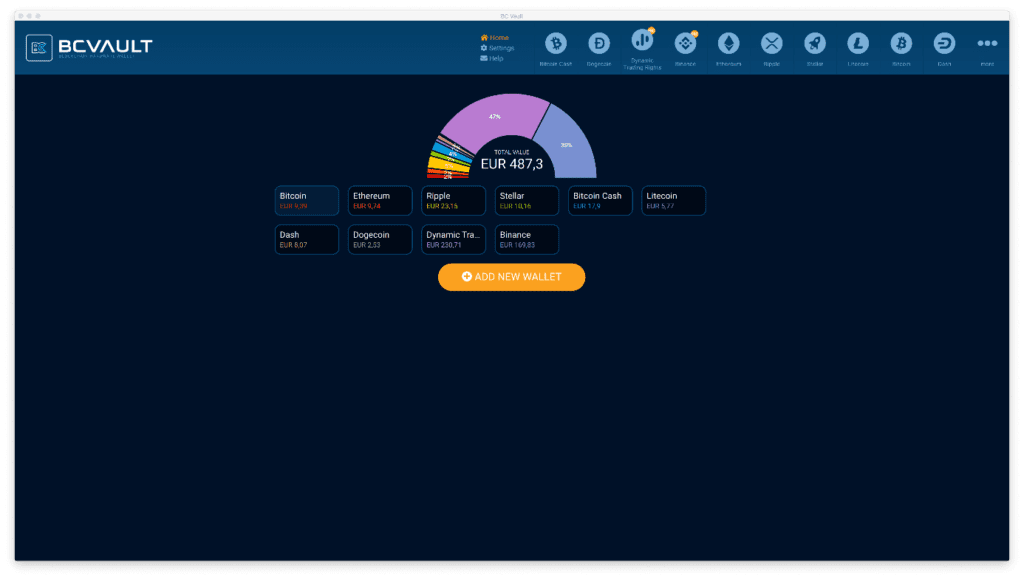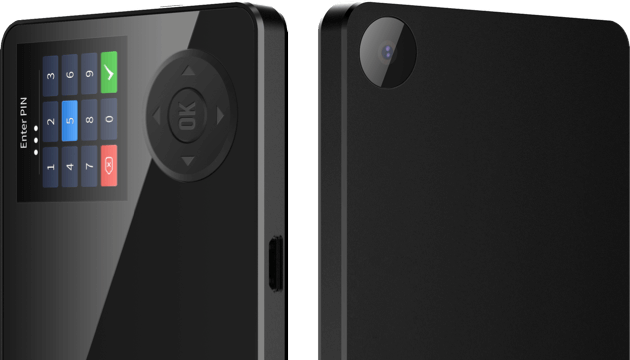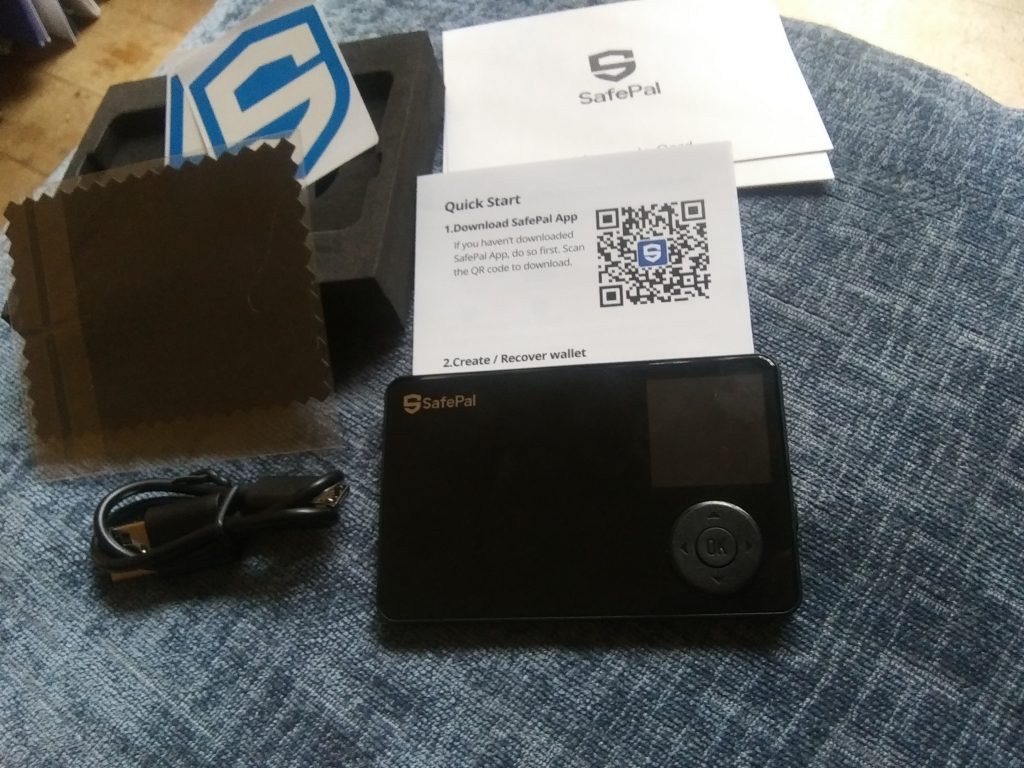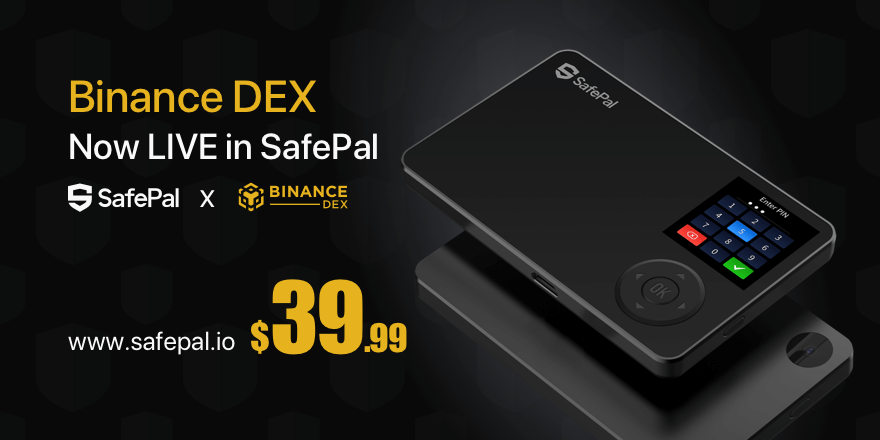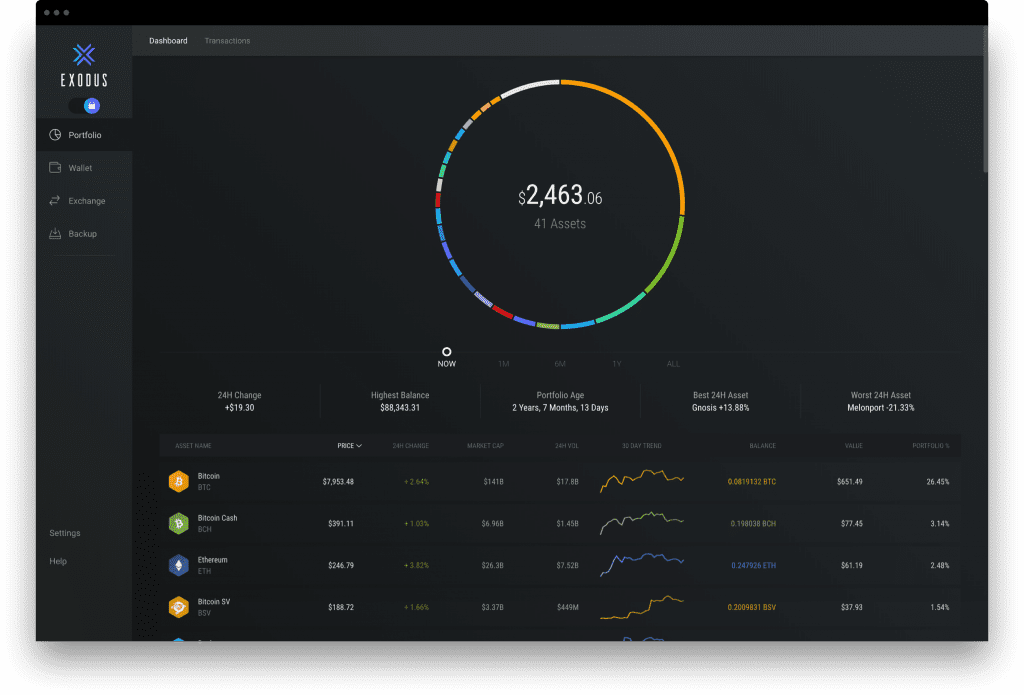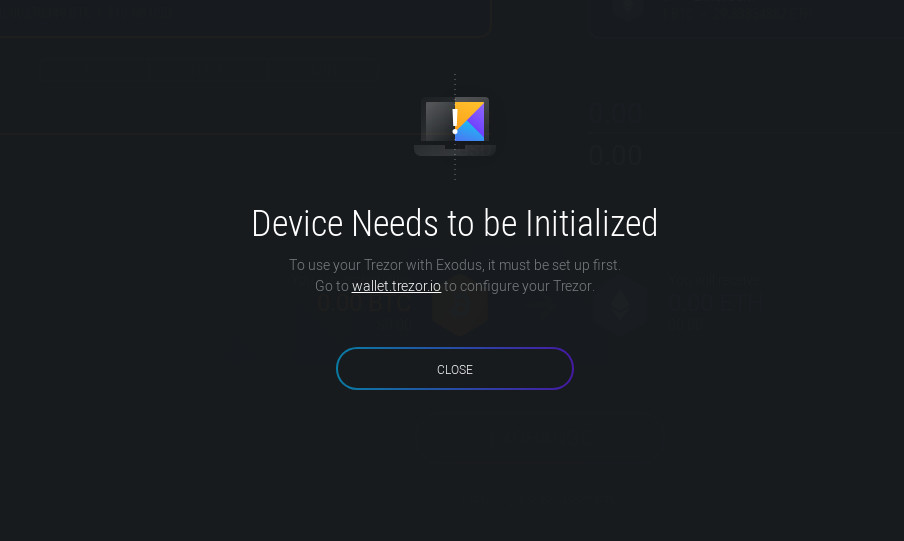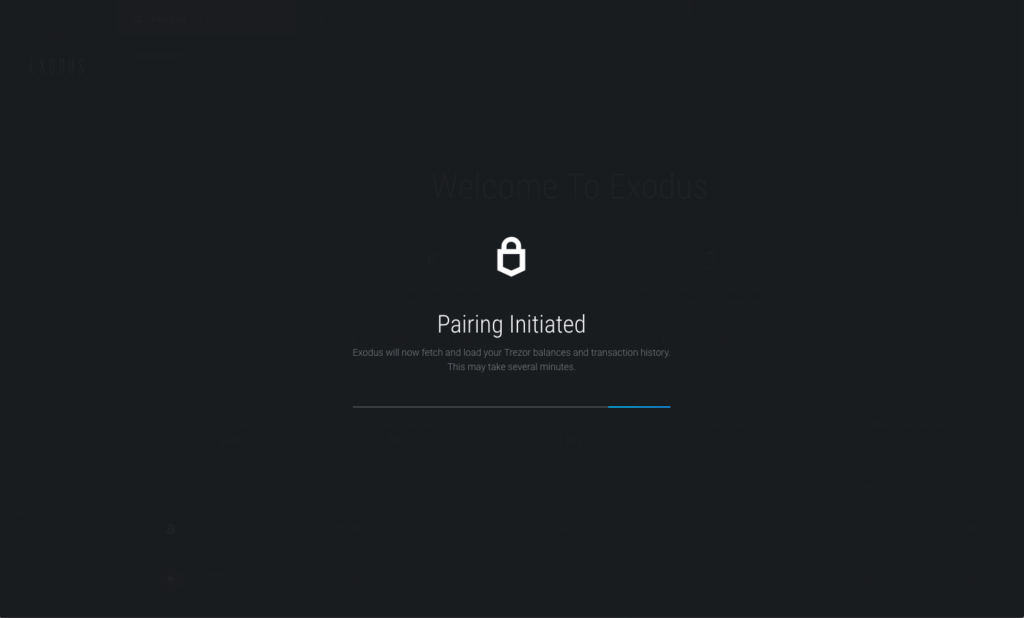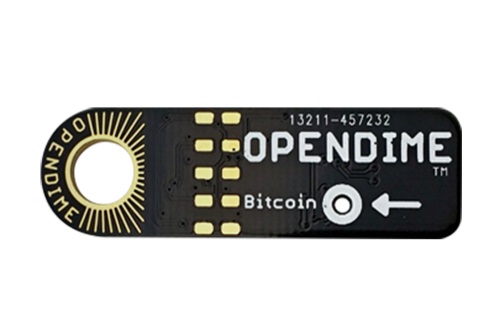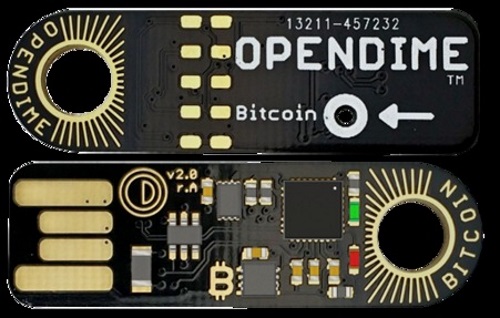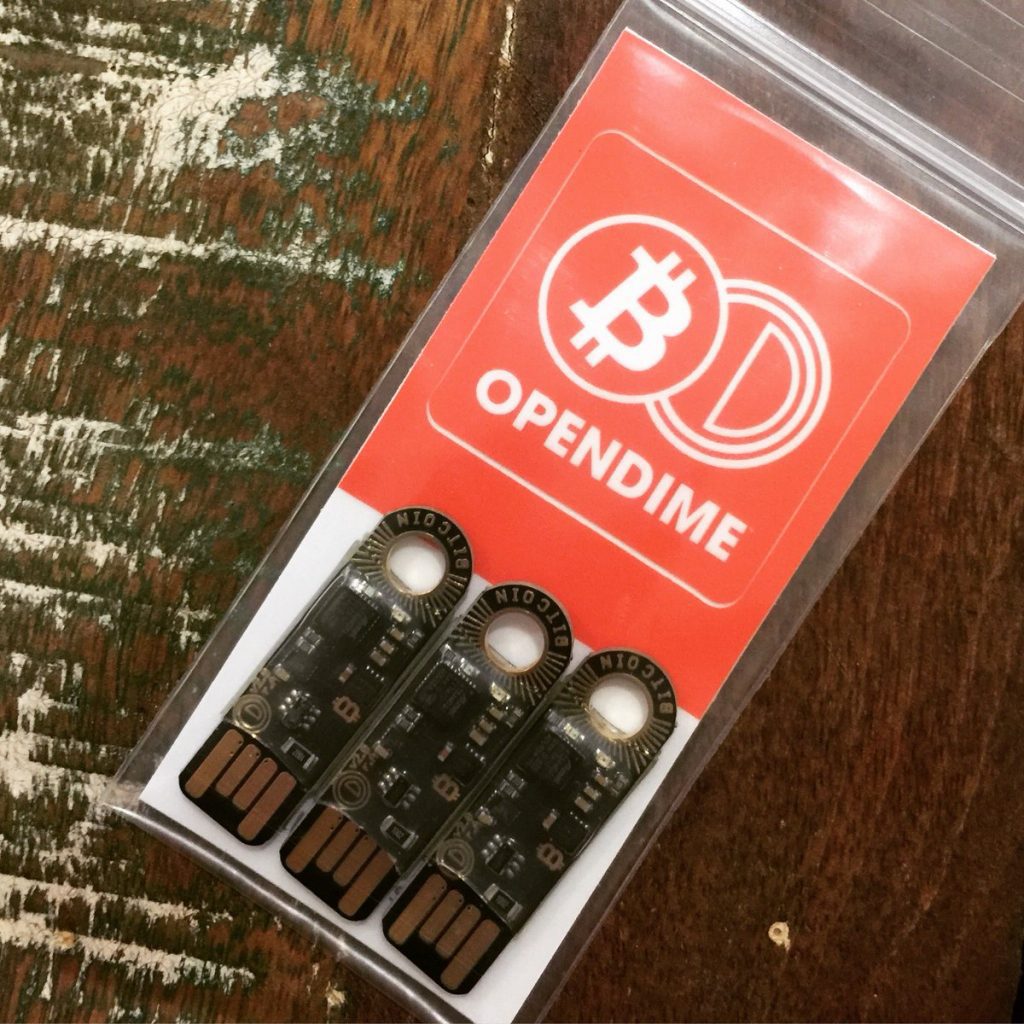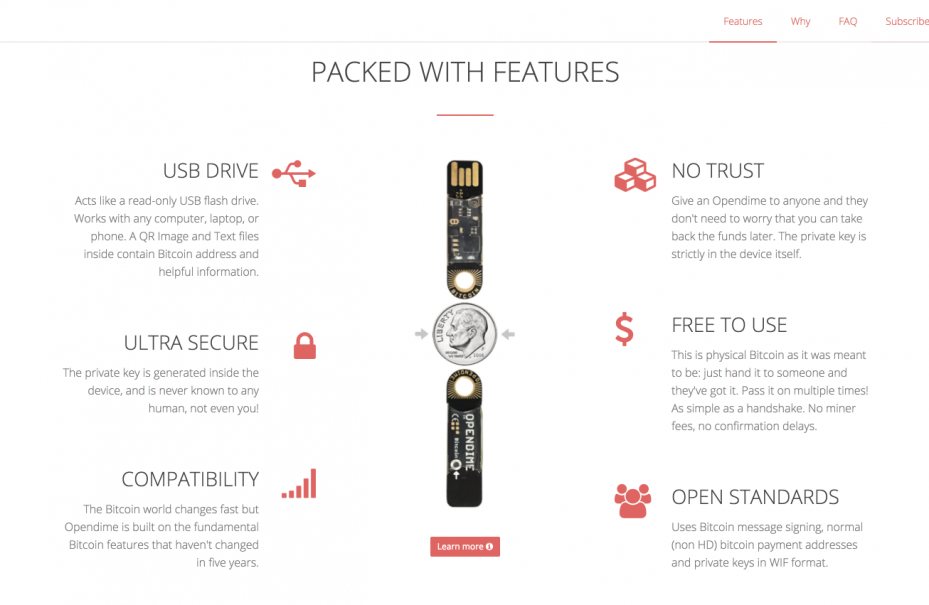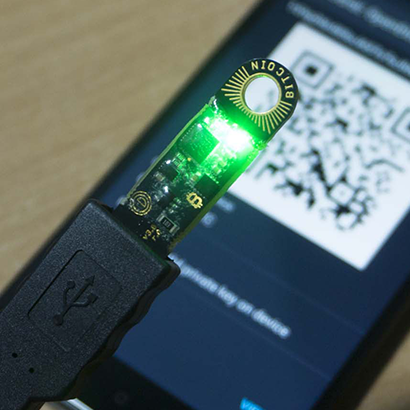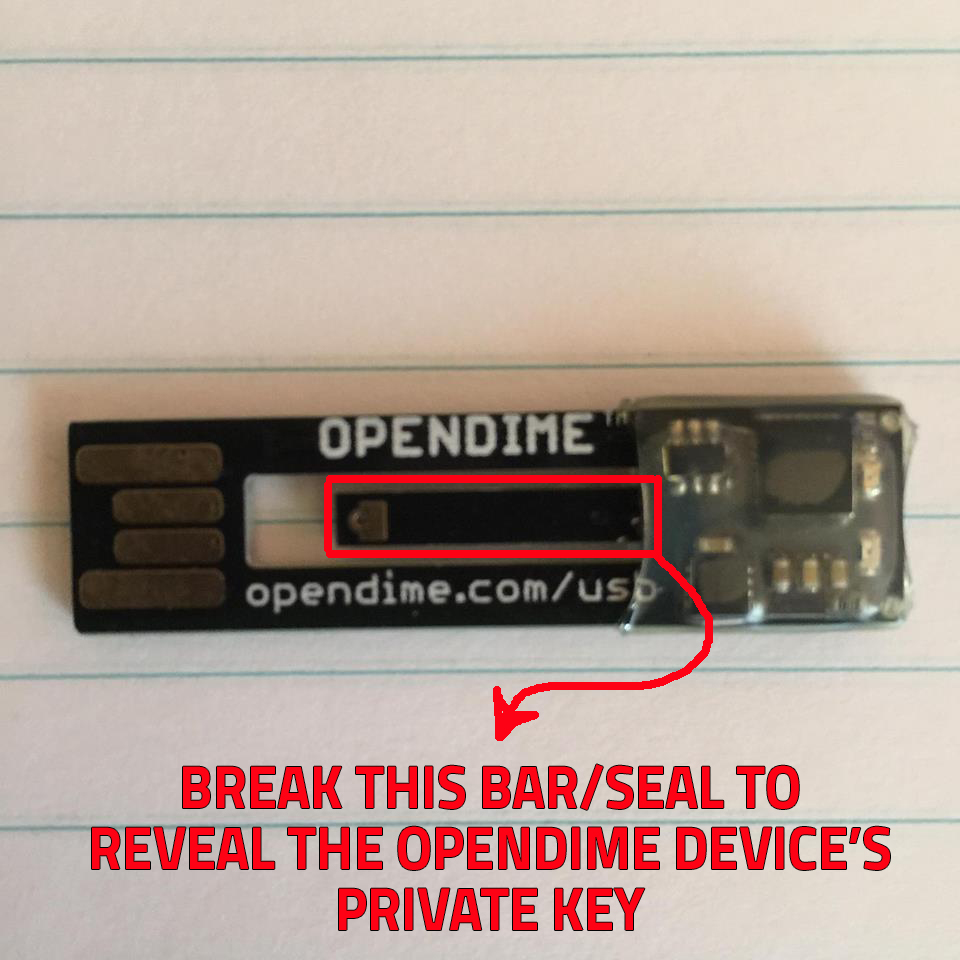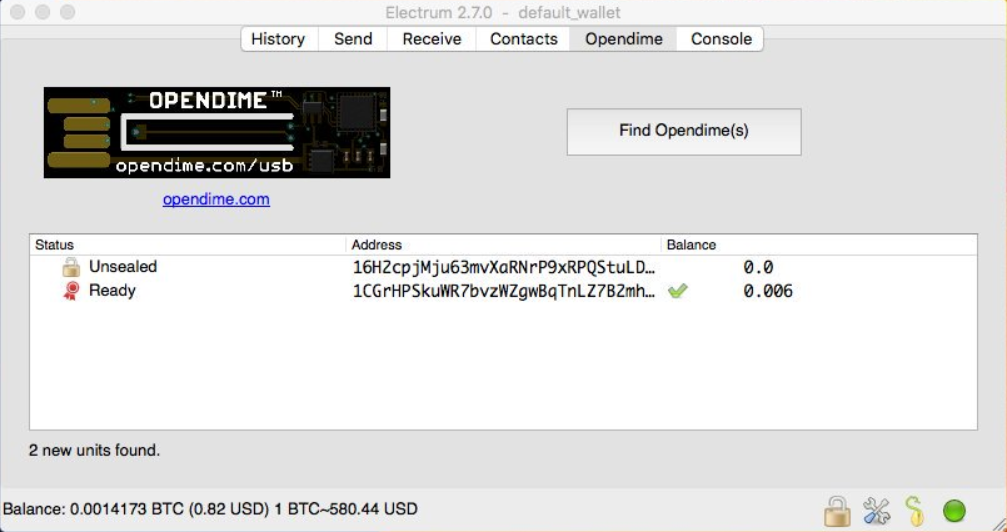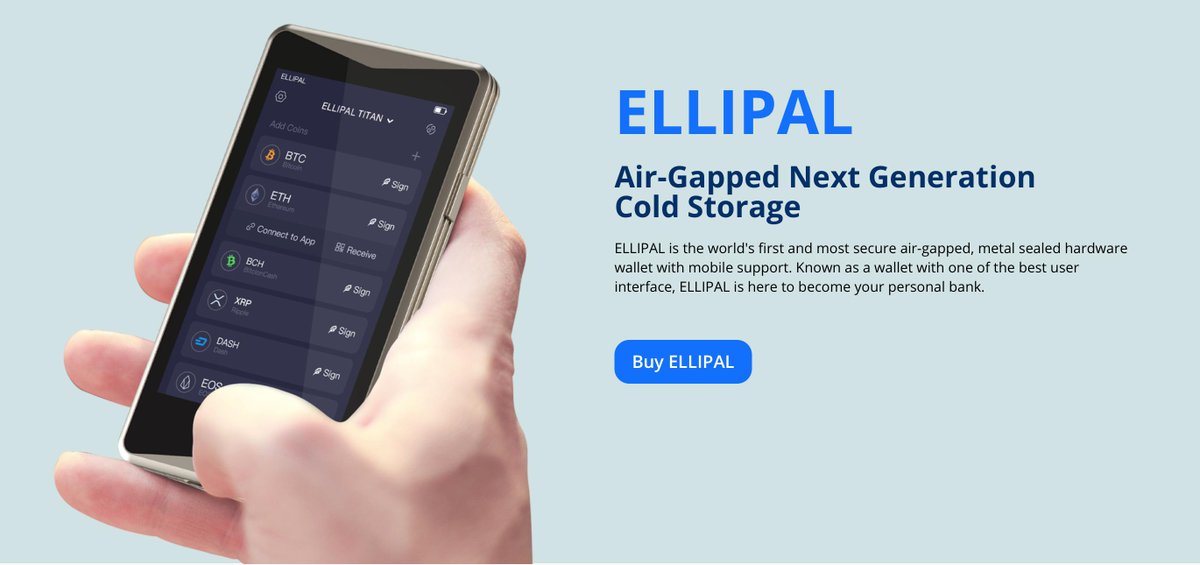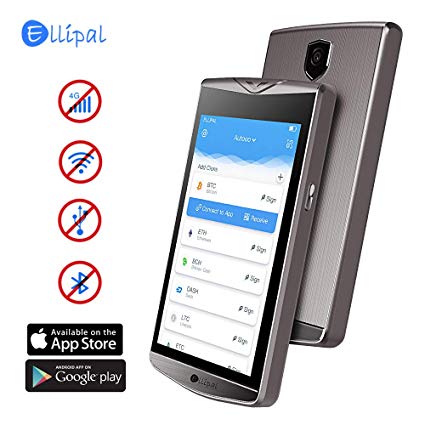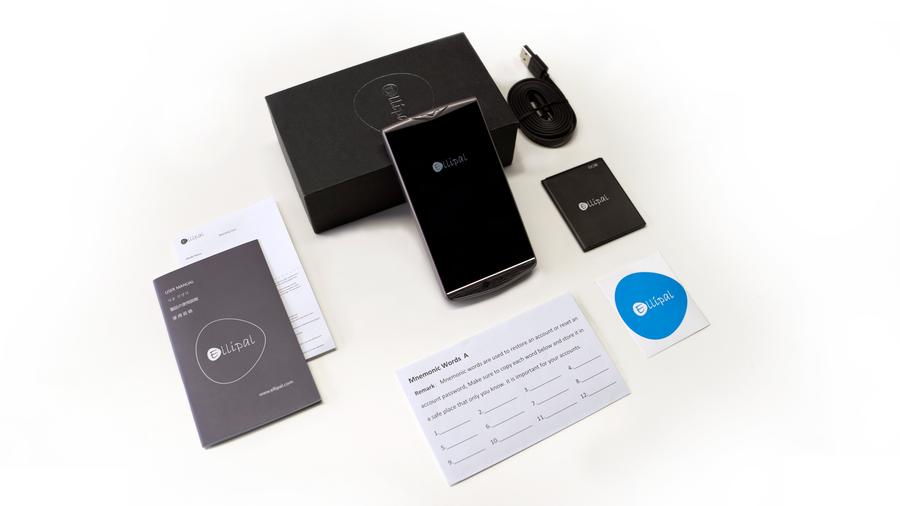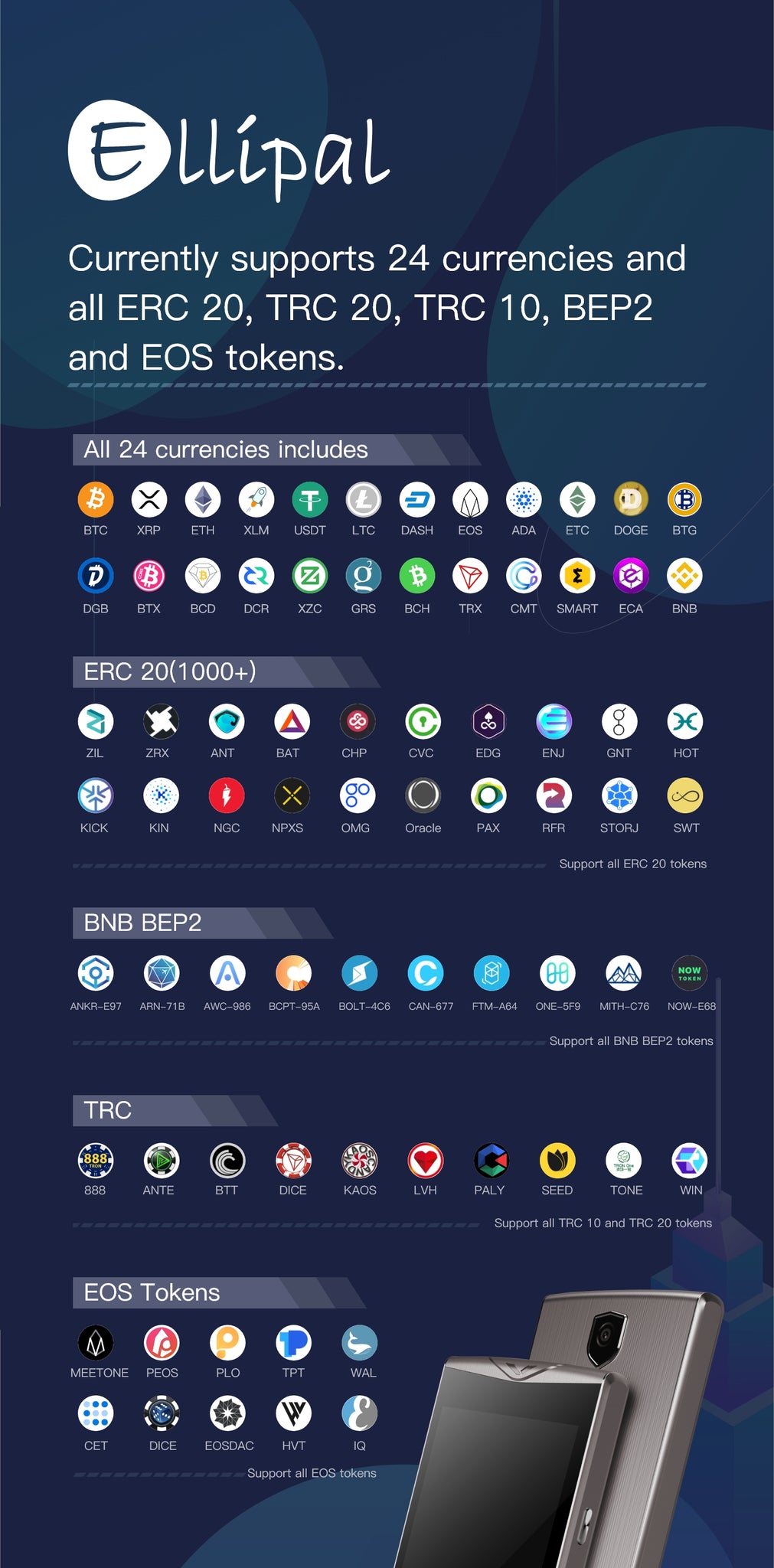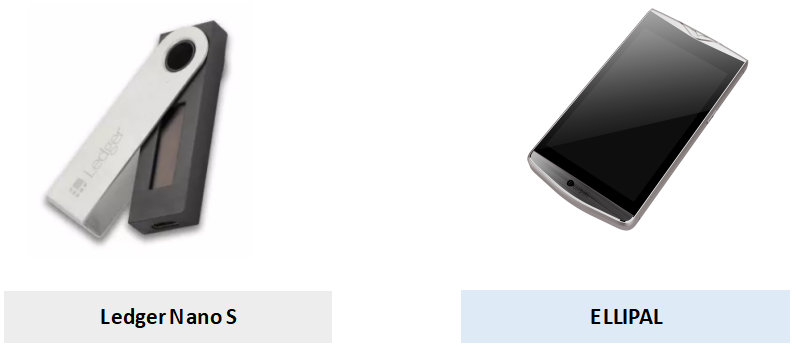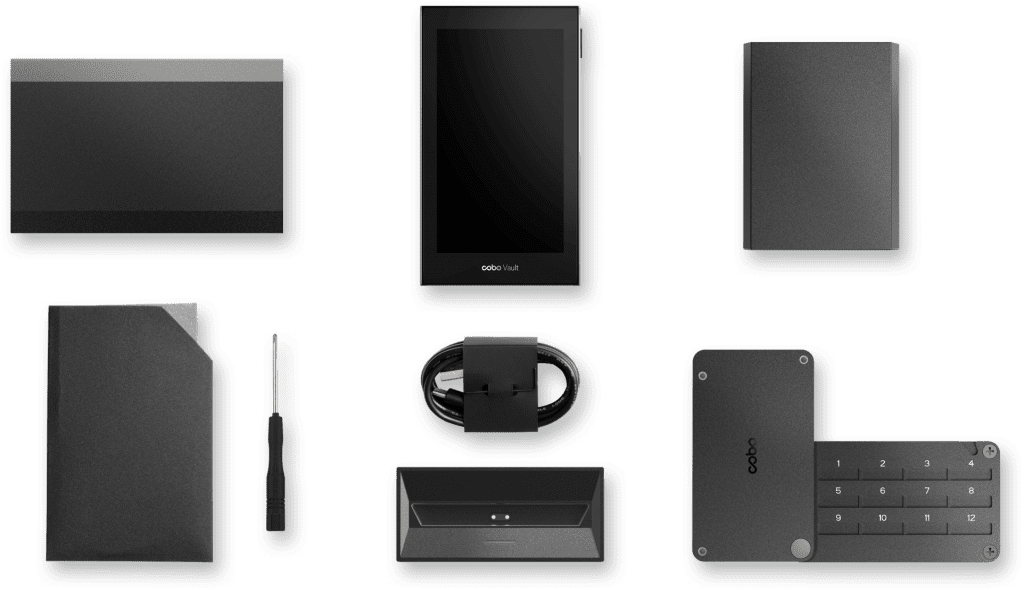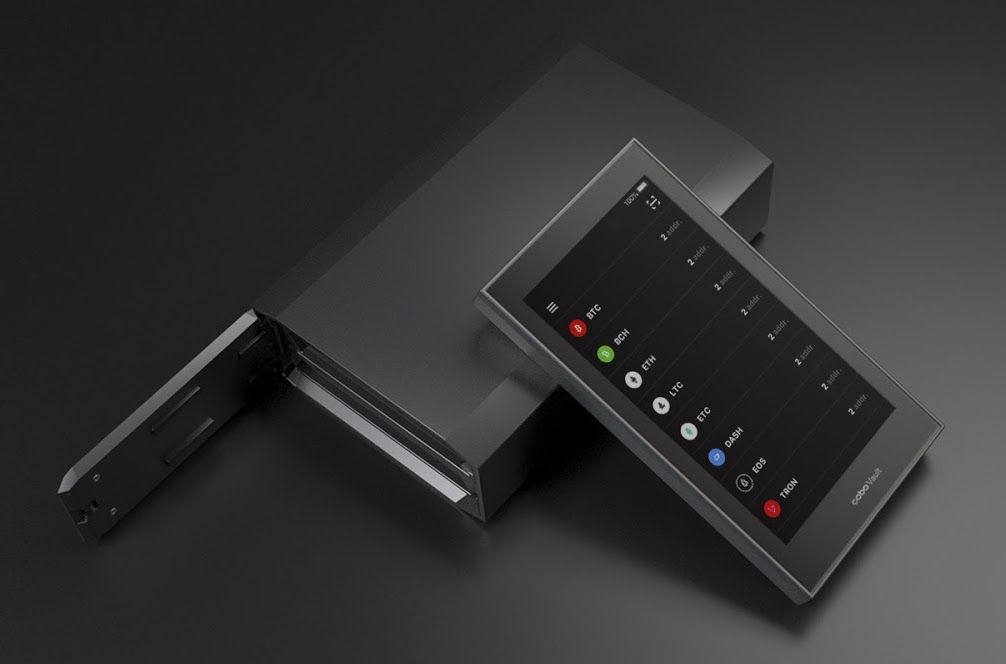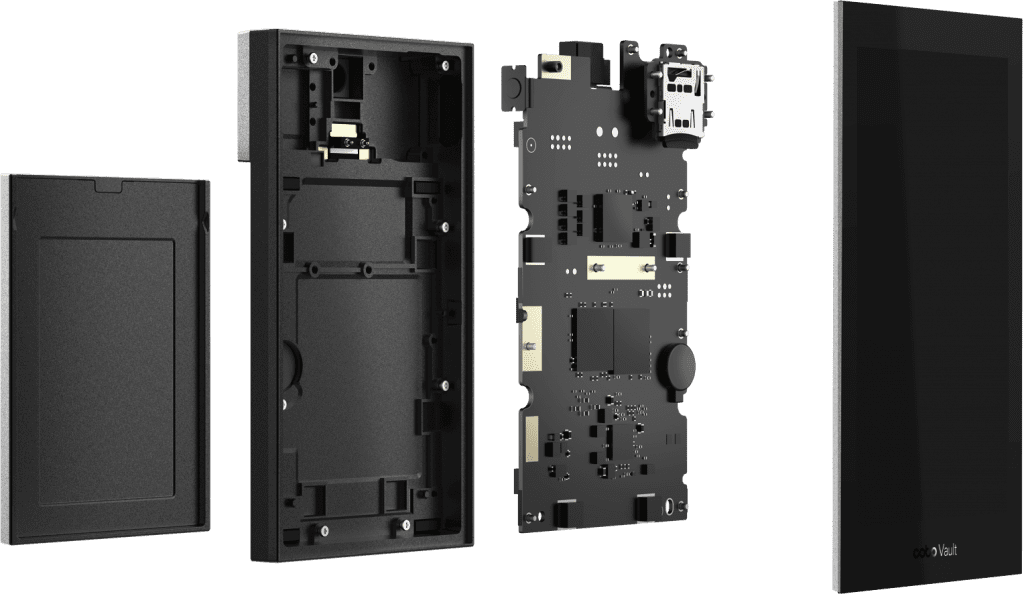SecuX W10 Review (2020) | Best (XRP) Ripple Hardware Wallet?
In this review, we are going to deep-dive into the new hardware wallet by SecuX! Does the SecuX W10 a better user experience than the Ledger Nano X? Does It work with Bluetooth? How secure is this relatively new wallet? Does it provide a better Ripple (XRP) hardware wallet experience? We are going to answer all of these questions and more in this in-depth review, so stay tuned!
If you are also looking for ways to obtain free bitcoin while shopping online, be sure to check out my recent review of Lolli!
Now, let’s get into the first of 3 reviews of the SecuX hardware wallets starting from this one (their entry-level device) all the way to their flagship device the SecuX V20. Let’s get right to it!
SecuX W10 – First Impression
After unboxing and looking at this entry-level device, I was pleasantly surprised that the overall quality and screen size was much larger than other entry level devices in this price range, such as the Ledger Nano S and the Trezor One. Now, those devices are classic and original devices, but they are tiny and made of somewhat flimsy, plastic form-factor.
This device is also plastic, but it feels different. Kind of like a sturdier or more robust quality of more dense plastic that feels solid, yet lightweight when you hold it. The device has only one MicroUSB port and one button for activating the device and for 2FA.
The unique and notable coins that are natively supported on these devices is Groestlcoin (GRS) and Ripple (XRP). Not many hardware wallets support these coins natively, however, almost all hardware wallets support an array of ERC-20 tokens and your main-stream coins, like BTC and ETH.
Features & Price
This device comes in at an entry price of $99 and is a USB connected device that does connect to a web application that allows you to fully manage the device. With a 2.8 inch color touch screen, you can use to manage and authorize transactions.
The picture below showcases the key features of this device, is the “Cross-Platform Support”, which means it can be managed via desktop, laptop, and mobile. Now, as I mentioned this device cannot conduct transactions via the mobile app, but the SecuX W20 and Secux V20 can, as they are bluetooth enabled.
However, you can still view your assets with this device in a view only state if you need to check your portfolio on the go.
Security
The SecuX W10 is placed with a CC EAL 5+ Certified Security Element (SE) which always ensures that stored private keys, as well as the device PIN code, are perfectly protected against any form of attack. Other significant security features include:
- Pre-installed tamper-resistant firmware as well as an upgrade system
- Physical confirmation for every transaction
- A one-time password or custom PIN code for controlling device access or the wallet apps
- Anti-tamper packaging
- Randomized digital keyboard for preventing consequences of keystrokes
Also, the wallet complies with the BIP32, BIP39 and BIP44 standards which allow the user to generate passwords of 12, 18 and 24 words for funds recovery.
Coins Supported
This is usually the most important factor when considering the hardware that you choose. This entry level wallet from SecuX has support for the following coins as of this writing: BTC, ETH, XRP, BCH, BNB, GRS and LTC. It also supports all ERC-20 tokens as well.
Luckily, they update the firmware frequently and they plan on adding more coins as well in the near future. If you are new to “HODLing” and you do not need any specific coins outside of these top market cap coins and ERC-20 Ethereum-based tokens to start, then this is a good option.
Secux W10 – Conclusion
Overall, this is a robust, and very secure wallet. For the price point, features and capabilities, the only thing that is comparable is the Ledger Nano X, which is also a bluetooth and wireless crypto wallet using the same security chip.
With the Ledger Nano X, it comes in a little more expensive at $119, and it also allows you to hold 110 apps (or different cryptocurrencies simultaneously), but it comes in a cheap and somewhat flimsy plastic enclosure that has a very tiny screen.
The one thing I did NOT like about the SecuX W10 is the lack of coin support with only 6 coins supported natively, and a handful of more coins to be supported in the future. If you plan on only “HODLing” the top 5 market-cap coins and perhaps a few ERC-20 tokens, I would probably say this is a better option and has a much cleaner and larger display for managing and verifying transactions.
With my discount, (Code: BITCOINLOCKUP), it will take the price to around $89 and free shipping. When compared to other entry level wallets, you can’t beat the sturdiness and large screen (which is more important than you think), when managing your assets offline.
What do you think? Is this a new contender for entry level hardware wallets? Let us know what you think down below!
Cheers,
The Crypto Renegade
NOTE: This post may contain affiliate links. This adds no cost to you but it helps me focus on giving as much value as possible in every single post by being compensated for recommending products that help people succeed.

